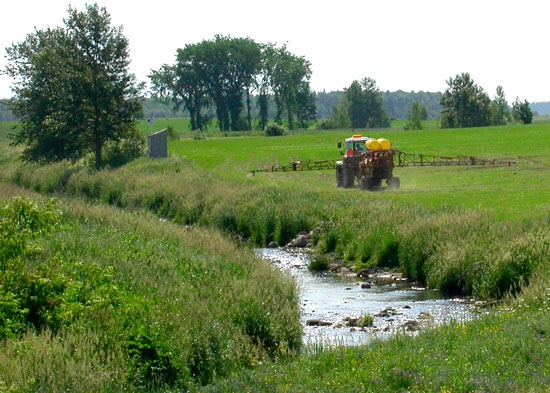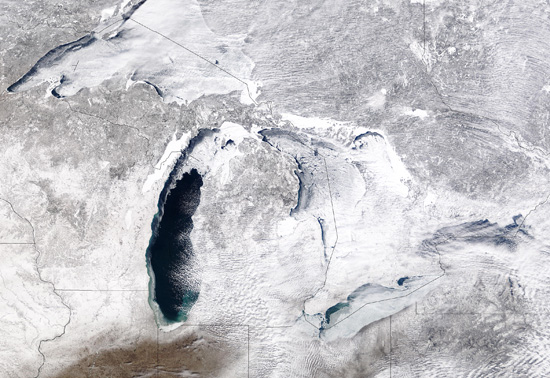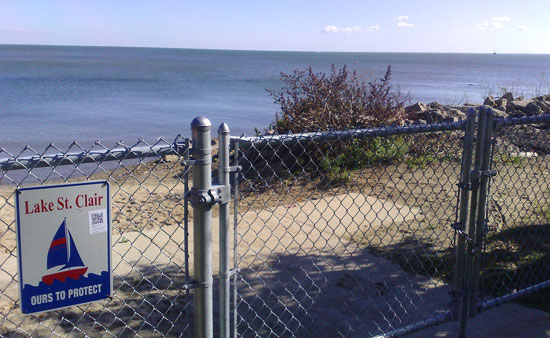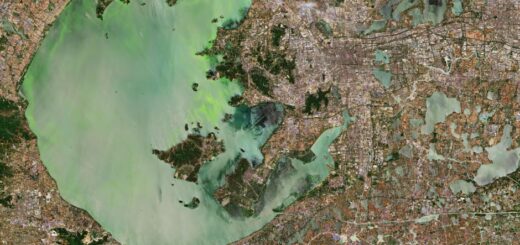Grass buffers ease subsurface movement of herbicide, study finds
0
Herbicide is distributed in the vicinity of the studied site.
While grass buffer strips are an effective means to reduce herbicide runoff from farm land, a new study shows they can actually increase the ease with which these chemicals move beneath the surface.
The results of the study, reported in the March / April 2010 edition of the Journal of Environmental Quality, came after two years of studying how three chemicals frequently used in herbicides were affected by grass buffer strips, which are common in agriculture because of the number of incentives, regulations, and laws that encourage their use.
Researchers from the University of Quebec and the Institute of Research and Development in Agri-Environment conducted the study. They assessed how much herbicide was transported both in surface runoff and subsurface infiltration during two growing seasons. Using gas chromatography/mass spectrometry, they looked for the presence of the three herbicides — atrazine, metolachlor, and desethylatrazine.
The results after the first growing season showed there was a 35 percent reduction in surface herbicide levels at sites using buffer strips versus ones without any buffer. Herbicide concentrations in subsurface filtration, however, increased 800-1200 percent with buffer strips. The total concentration was still reduced by 40-60 percent.
The second year showed a similar trend, with grass buffer strips causing a 75-95 percent reduction in total herbicide concentration. In each year, the buffer strips successfully reduced the total amount of herbicides reaching surface waters, but the herbicides moved more freely beneath the surface.
The research was conducted by Emmanuelle Caron, Pierre Lafrance, Jean-Christian Auclair of the University of Quebec, and Marc Duchemin of the Institute of Research and Development in Agri-Environment.
Impact of Grass and Grass with Poplar Buffer Strips on Atrazine and Metolachlor Losses in Surface Runoff and Subsurface Infiltration from Agricultural Plots [The Journal of Environmental Quality] Image Credit: Courtesy of Pierre Lafrance













